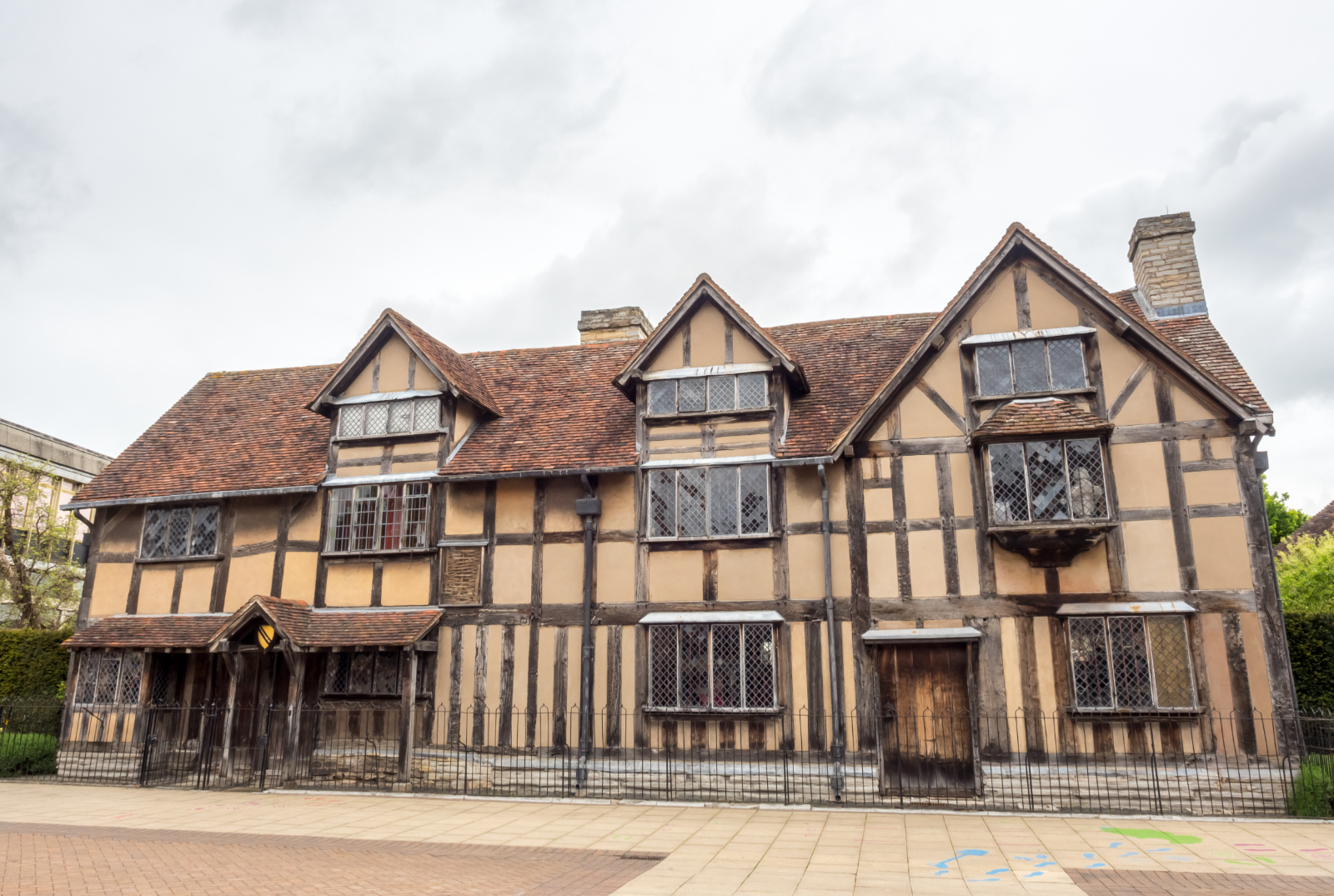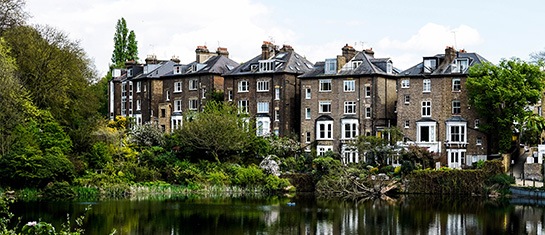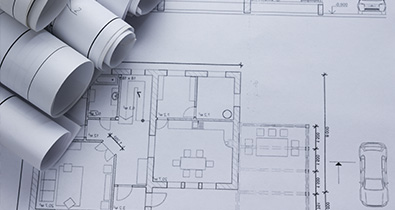Are you wondering if you need permission to restore a listed building? Discover when permission is required for repairs, alterations, and conservation to protect your heritage property.
Understanding Listed Building Grades
In the UK, listed buildings are legally protected due to their historical or architectural importance, and they are classified into three grades: Grade I, Grade II, and Grade III.
Grade I buildings are of exceptional interest.
Grade II buildings are culturally important, and they are more than a special interest. Most listed buildings fall into the Grade II category.
Grade III buildings are of special interest, and they must be legally preserved.
Before carrying out any restoration work, Listed Building Consent (LBC) must be obtained from the local planning authority. This consent is different from regular planning permission, and it is legally required for any work that affects the design of the listed building. This includes structural changes and also internal alterations.
What Counts as Restoration Work?
Restoration work refers to any effort to repair, conserve, or return the building to a previous state while preserving its historic character. This can include repairing damaged stonework, restoring original windows or doors, repainting the building using traditional materials, or even reinstating features that were previously removed, such as fireplaces.

Since listed buildings are legally protected due to their architectural or historic significance, you need to obtain Listed Building Consent (LBC) before undertaking any restoration work that affects the character of the building. This applies to both internal and external work.
Even minor changes, such as repairing plasterwork, replacing windows, or removing non-original additions, can require consent if they impact the building’s design.
Failing to secure permission before starting any restoration work can lead to enforcement action. This can include legal penalties and a requirement to reverse unauthorised changes at the owner’s expense.
When Is Permission Required?
In the UK, most types of restoration work on a listed building need permission, especially if the work impacts the building’s historic character. Since listed buildings are legally protected, any alterations must undergo a formal process called Listed Building Consent (LBC).
LBC is required when the proposed restoration work has the potential to alter the building’s character. This can include repairing or replacing original features such as sash windows, doors, fireplaces, cornices, or timber beams. LBC also applies to restoring removed or altered features, using traditional methods or materials, even if the intention is to return the building to a previous historical state.
Even minor tasks, like re-roofing, re-pointing or re-painting, need permission if they impact the building’s heritage value. Permission is also needed when you're adding features that mimic historic styles but weren’t part of the original structure.
What Is Listed Building Consent?
Listed Building Consent (LBC) is the official approval process that's required for any restoration work that can impact the character or special interest of a listed building. Its main purpose is to ensure that any proposed changes are suitable and do not harm the building’s historical or architectural significance.

Restoration work often aims to repair or reinstate original features such as windows, plasterwork, fireplaces, or roofing materials. While the intention may be to preserve or enhance the building, it can still alter the building's character. Therefore, LBC must be obtained before any restoration work can begin.
It's important to understand that Listed Building Consent is different from regular planning permission, and failure to obtain LBC before starting any restoration work is a criminal offence.
Our listed building restoration services can preserve and enhance your historic properties in Shropshire, Derbyshire, Cheshire and Staffordshire. From traditional repairs to full conservation projects, we work closely with conservation officers to stay compliant with heritage regulations while maintaining the building’s original character and charm.
